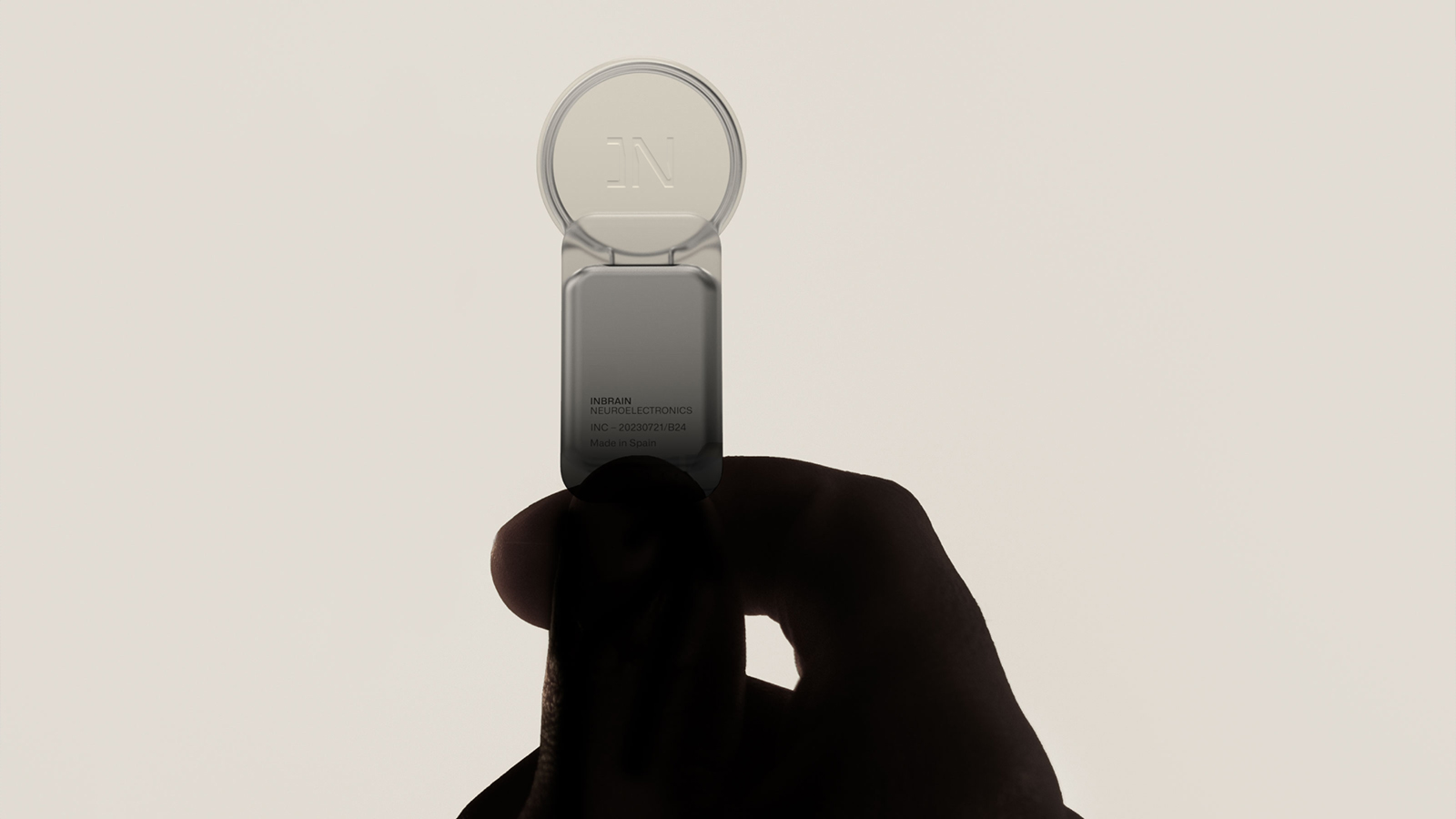
Startup Inbrain Neuroelectronics is experimenting with a brain-computer interface (BCI) using graphene chips. BCIs allow people to control computers directly using brain signals. The company is already scheduled to test its graphene-based BCI this summer at the University of Manchester, during a patient's brain tumor removal operation.
BCIs are far from being a new technology, with Musk's first Neuralink patient now able to play PC games with just his mind. However, what makes the graphene chip a novel solution is that it doesn't use metallic materials. Graphene is made solely from carbon, thus making it insusceptible to faradaic reactions.
A faradaic reaction is an electrochemical process that happens between a metallic electrode and an electrolyte solution when a voltage is applied between them. One common example of a faradaic reaction is oxidation (i.e., rusting). Most BCIs are made from a metallic material, while the human brain essentially floats inside an aqueous electrolyte. So, to prevent premature degradation of the BCI, most of them can only receive messages.
"Metals have Faraday reactions that actually make all the electrons interact with each other, degrading their effectiveness … for transmitting signals back to the brain," said Carolina Aguilar, CEO and co-founder of Inbrain. IEEE Spectrum reported Aguilar saying that since graphene is made from carbon, it can apply up to 200 times more voltage without starting any faradic reaction.
This means Inbrain Neuroelectronics can use its graphene BCI to read signals from and to stimulate the patient's brain. The company expects it to remain stable over the millions of pulses it will send as a therapeutic tool. Nevertheless, the company intends to take things one step at a time and will not test the chip for that application yet.
First applications of the graphene brain implant
Before any BCI can be tested, it has to be assessed for human biocompatibility. "We have been working for the last three years in biocompatibility through various safety studies in large animals," says Aguilar. "So now we can have these green lights to prove an additional level of safety with humans."
Aside from the coming brain operation this summer, the graphene chip is also being applied to Parkinson's treatments. Aguilar adds, "For Parkinson's treatment, we have been working on different pre-clinical studies that have shown reasonable proof of superiority versus current commercial technology in the [reduction] of Parkinson's disease symptoms."
The Inbrain chip will first record the intention message from the brain that gives the command for a movement — e.g. when the patient wants to move their hand. But aside from that, it also looks for pathological biomarkers related to Parkinson's like tremors and rigidity. By monitoring these signals, the Inbrain chip can then see how well the Parkinson's patient's treatment regimen is working and adjust it accordingly.
“Parkinson’s patients take huge amounts of drugs that have to be changed over time just to keep up with the growing resistance patients develop to the power of the drug,” said Aguilar. “We can reduce it at least 50 percent and hopefully in the future more as our devices become precise.”







